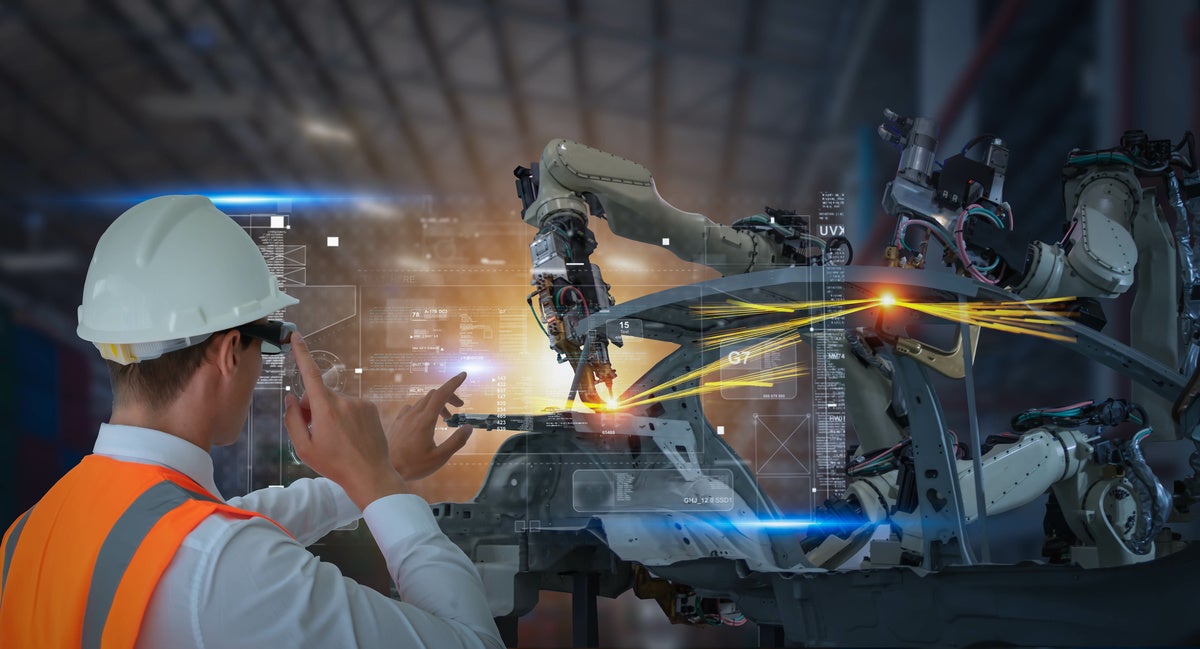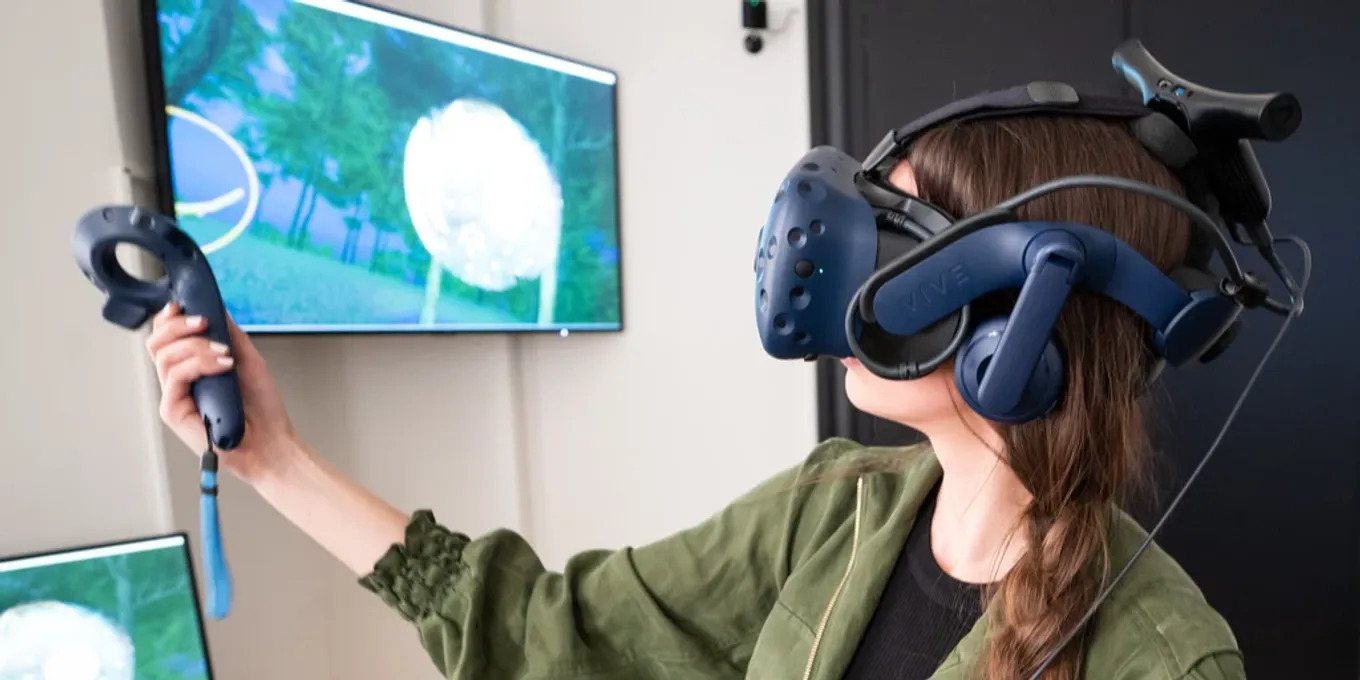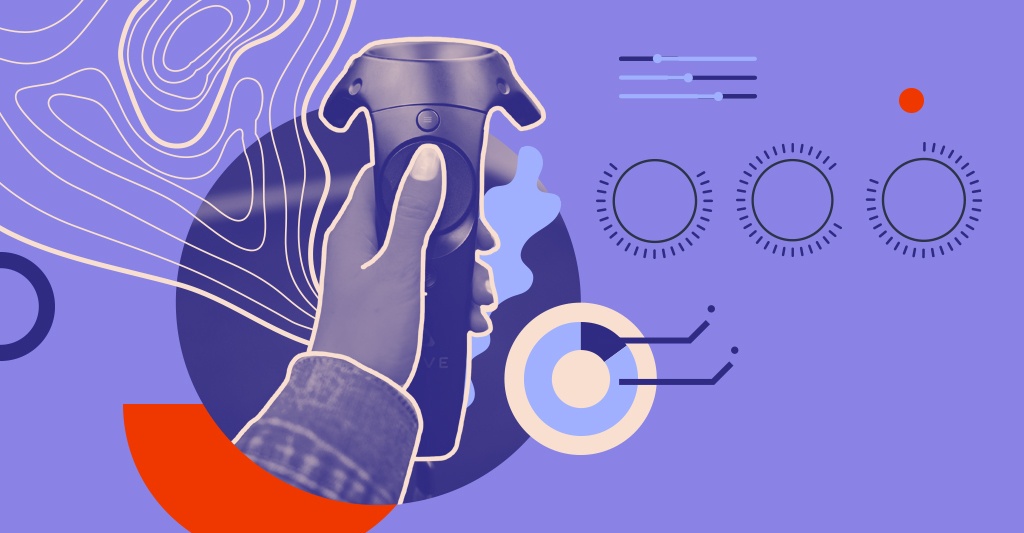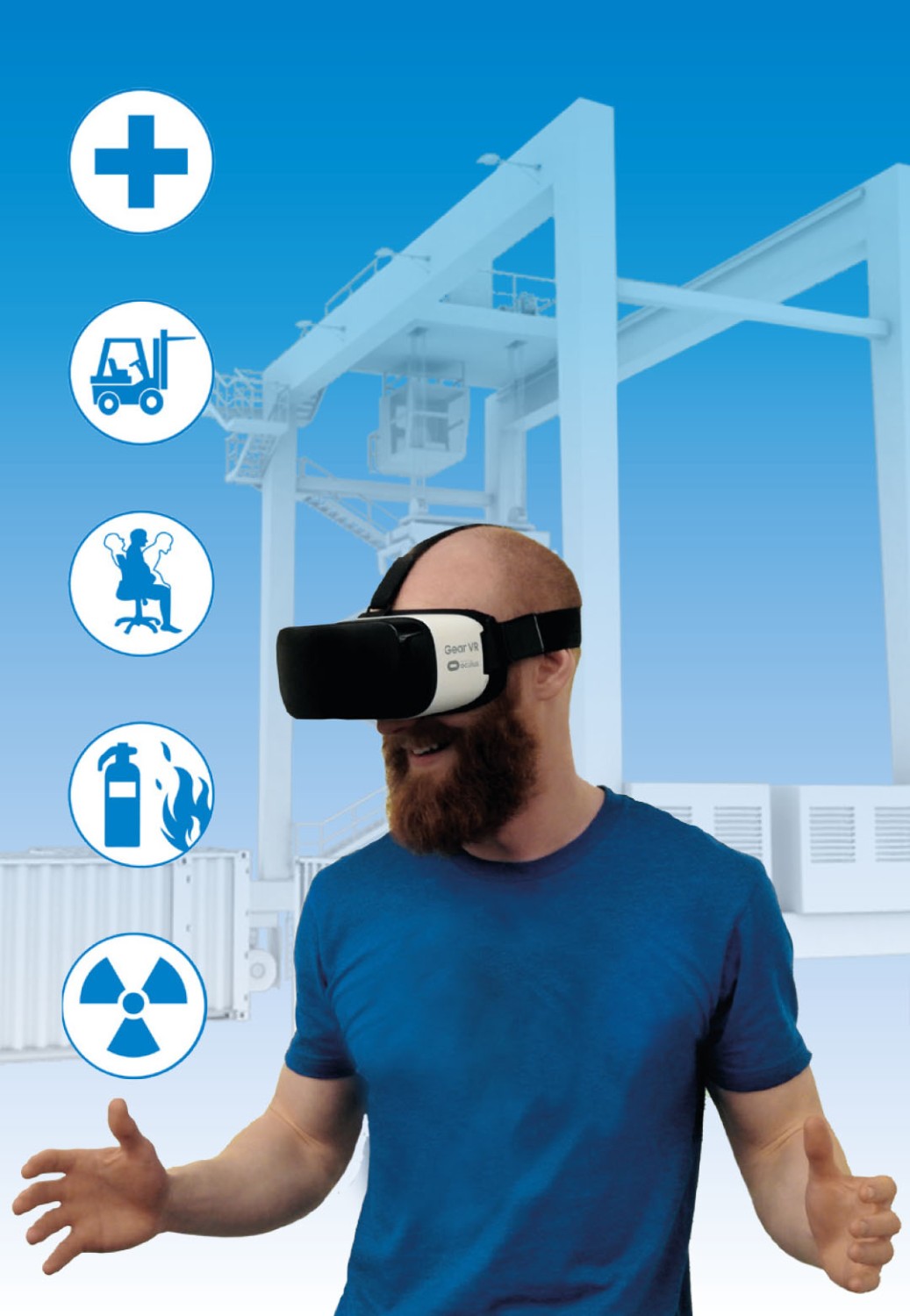As experienced service technicians age out of the workforce, organizations need a way to preserve that expertise for the next generation. AR provides the bridge.
A mass exodus from the field service industry is exacerbating a longstanding challenge: the ability to quickly resolve problems with customer equipment.
Nearly two-thirds of organizations don’t have enough field technicians to fill their needs, a 2019 IDC Talent Management survey found. Older, experienced workers are retiring at a rapid clip, and inexperienced technicians and contractors hired to fill gaps aren’t always up to the task. Nearly half of organizations in the IDC survey said their service employees lack some of the skills needed to perform the work required.
Institutional knowledge is precious and tough to duplicate, but experienced technicians are stretched thin and don’t have time to provide lengthy training. New hires are forced to hunt down information buried in company manuals, PDFs, and data sheets to get the instructions they need. Translating knowledge on the printed page into hands-on customer help can also be a struggle.
“How do you enable someone who’s been on the job for 30 days to provide the same level of service as someone who’s been there 30 years?” says Sajeel Hussain, CMO and Head of Strategic Alliances & Partnerships at CareAR. “That is the problem facing organizations today.”
Mixed reality to the rescue
Increasingly, companies are turning to augmented reality (AR) technology to address the challenge. By 2022, 30% of G2000 manufacturers will use mixed reality tools at scale to equip their field and maintenance teams, according to an IDC FutureScape 2021 study. The technology is expected to reduce mean time-to-repair by 40%.
“AR provides live, 3D, visual context that gives new technicians the help and confidence they need. It’s like having an experienced worker standing over their shoulder,” Hussain says.
With AR, technicians can often solve problems remotely that previously would have required a time-consuming on-site visit. Using a shared, interactive screen, they see what their customers see, instead of relying on the customer to describe the problem, which often leads to vague or incomplete answers. As they work, technicians receive tailored, self-guided, animated instructions that show, rather than tell them what needs to be done.
Technicians also can share the virtual information with customers. Working together, they often resolve problems on the spot.
For more complex issues requiring on-site help, service agents know in advance which tools and parts to bring based on virtual troubleshooting. Once on-site, they can also use AR technology to brainstorm with experts back in the office – a much more effective tactic than trying to learn procedures from a phone or video call.
And unlike with a phone call or video session, technician and customer interactions are recorded and stored in a service experience management (SXM) platform, adding to the shared knowledge base. If a scheduling conflict arises, any technician can seamlessly pass the captured video and instructions to another employee without having to engage in a lengthy explanation.
As the AR knowledge base grows, AI-powered analytics continually comb through the data to uncover trends that can solve specific problems and help other technicians and customers.
“Certain questions may consistently arise when a particular problem occurs. As a result, the system will start surfacing content to answer them,” Hussain says. “One of the great benefits of an SXM platform is that it becomes smarter and more helpful over time.”
Quelle:




